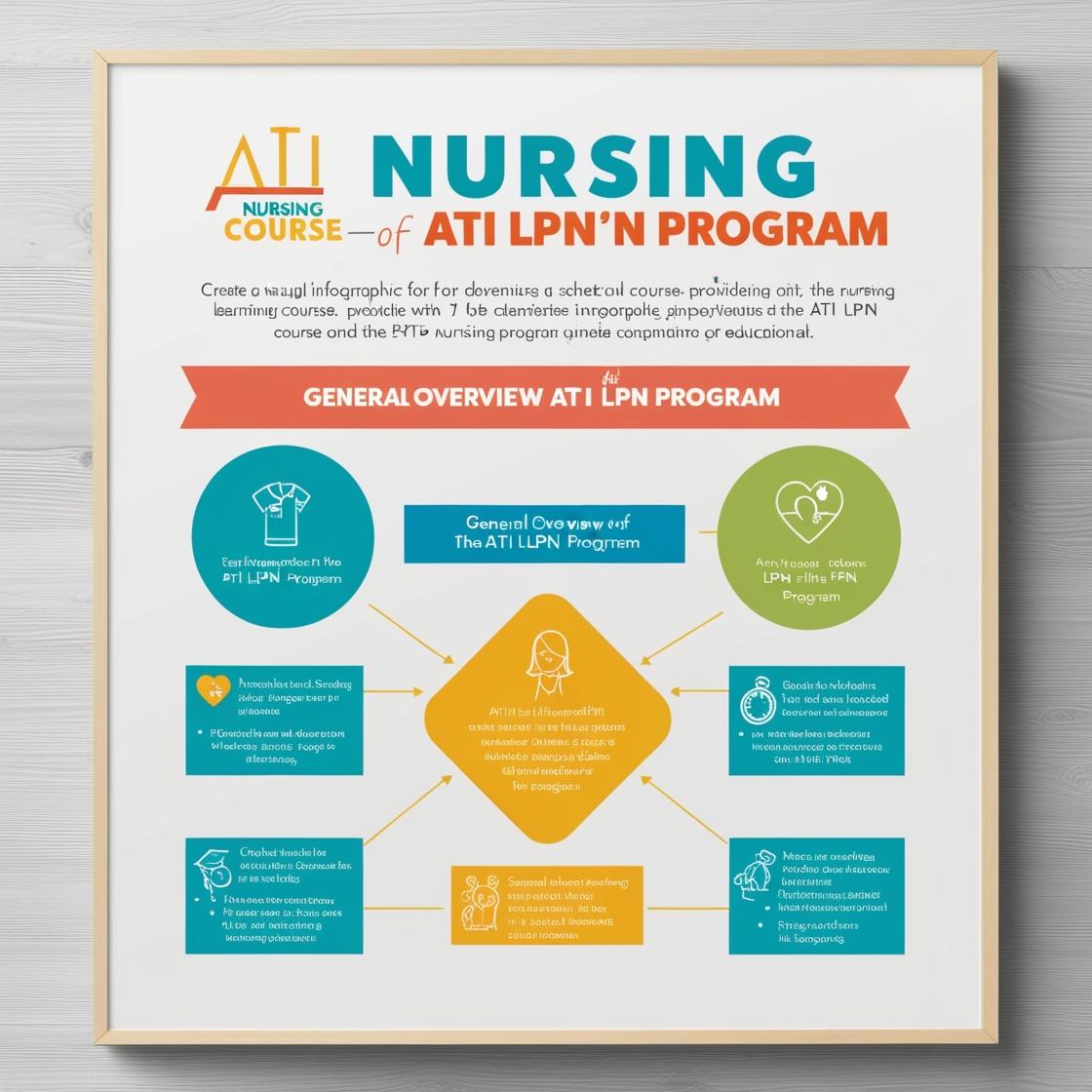LPN LPN
PN ATI Capstone Pharmacology 1 Quiz
1. A nurse is caring for a client who has been prescribed furosemide. Which of the following foods should the nurse encourage the client to include in their diet?
- A. Table salt
- B. Egg yolks
- C. White wine
- D. Oranges
Correct answer: D
Rationale: Furosemide is a potassium-wasting diuretic, so clients should consume potassium-rich foods like oranges to prevent hypokalemia. Oranges are a good source of potassium. Table salt, egg yolks, and white wine do not provide significant amounts of potassium and are not beneficial for a client taking furosemide.
2. A nurse is preparing to administer IV furosemide. Which of the following should the nurse monitor for during the infusion?
- A. Increased urinary output
- B. Ototoxicity
- C. Hypokalemia
- D. Hypoglycemia
Correct answer: C
Rationale: The correct answer is C: Hypokalemia. Furosemide is a loop diuretic that works by increasing the excretion of water and electrolytes, particularly potassium. Therefore, the nurse should monitor for hypokalemia, as low potassium levels can lead to various complications such as cardiac dysrhythmias. Choice A, increased urinary output, is an expected effect of furosemide due to its diuretic action but is not a side effect needing monitoring. Ototoxicity (Choice B) is a potential adverse effect of other medications like aminoglycoside antibiotics, not furosemide. Hypoglycemia (Choice D) is not a common side effect associated with furosemide administration.
3. A healthcare professional is teaching a client about the use of methotrexate. Which of the following should be included?
- A. It is a pain reliever
- B. Monitor for signs of infection
- C. It can be taken without food
- D. It is safe to use during pregnancy
Correct answer: B
Rationale: The correct answer is B: 'Monitor for signs of infection.' Methotrexate can suppress the immune system, making the client more susceptible to infections. Educating the client to monitor for signs of infection is crucial for early detection and management. Choice A is incorrect because methotrexate is not a pain reliever; it is commonly used to treat conditions like cancer, rheumatoid arthritis, and psoriasis. Choice C is incorrect because methotrexate is usually recommended to be taken with food to reduce gastrointestinal side effects. Choice D is incorrect because methotrexate is known to be harmful during pregnancy and should not be used by pregnant individuals as it can cause birth defects.
4. A healthcare professional is assessing a client for signs of fluid overload. Which of the following findings should the healthcare professional look for?
- A. Weight loss
- B. Decreased blood pressure
- C. Edema
- D. Increased urine output
Correct answer: C
Rationale: Edema is a common sign of fluid overload. When the body retains more fluid than it excretes, it can lead to edema, which is swelling caused by excess fluid trapped in body tissues. Weight gain, not weight loss, is typically associated with fluid overload due to the retained fluids. Decreased blood pressure is more commonly associated with dehydration rather than fluid overload. Increased urine output is a sign of the body trying to eliminate excess fluids, which is contrary to the signs of fluid overload.
5. A nurse is assessing a client with chronic kidney disease. Which of the following should the nurse monitor for?
- A. Hyperkalemia
- B. Hypercalcemia
- C. Hypoglycemia
- D. Hyponatremia
Correct answer: A
Rationale: The correct answer is A: Hyperkalemia. Clients with chronic kidney disease are at risk for hyperkalemia due to impaired potassium excretion. In chronic kidney disease, the kidneys are unable to effectively excrete potassium, leading to its accumulation in the blood. Hypercalcemia (Choice B) is not typically associated with chronic kidney disease. Hypoglycemia (Choice C) refers to low blood sugar levels and is not directly related to chronic kidney disease. Hyponatremia (Choice D) is a condition characterized by low sodium levels and is not a typical concern in chronic kidney disease.
Similar Questions

Access More Features
ATI LPN Basic
$69.99/ 30 days
- 50,000 Questions with answers
- All ATI courses Coverage
- 30 days access @ $69.99
ATI LPN Premium
$149.99/ 90 days
- 50,000 Questions with answers
- All ATI courses Coverage
- 30 days access @ $149.99
